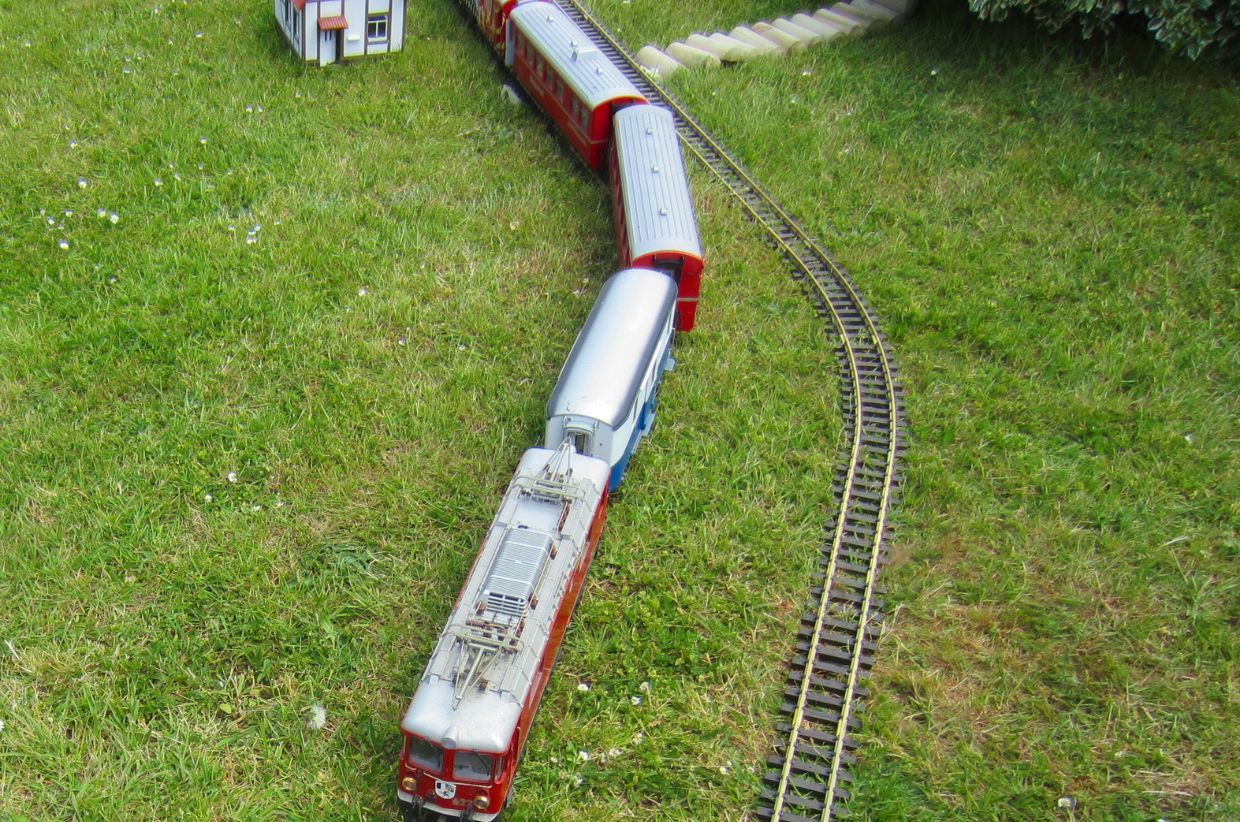A Quick Overview of the Evolution of Rolling Stock
Railways play a significant role in history, but they weren’t always the powerhouses they are today. From their inception as steam engines in the 1700s to the modern-day high-speed rails, a quick overview of the evolution of rolling stock can shed some light on railway history.
Origins With Steam Engines
Using high-pressure steam to act on a piston, Scottish inventor James Watt, along with his employee William Murdoch, created a small-scale engine, the precursor to the locomotive engine. Richard Trevithick refined the steam engine in 1804, and the first commercially successful implementation of the engine happened almost a decade later in 1812.
Following this advancement in locomotive engineering, the steam engine was the predominant power source for trains for more than a century afterward.
Electrical Power
Chemist Robert Davidson experimented with the idea of electrical railways in the late 1830s but found limited success. The technology simply wasn’t there to make a reliable alternative to steam, as power output was far too limited, leading to significantly slower speeds.
Electrical railways didn’t find popularity until later that century when short-distance trams utilized electricity in the 1880s. This more efficient power source, while not as powerful as steam, was ideal for quick transportation across towns and cities. Electrical power still finds significant use today, as tram lines and subway systems still use them.
Diesel Engines
During the start of the 1900s, Hermann Lemp, a General Electric engineer, developed the beginnings of diesel-electric locomotive engines.
There were diesel engine designs before Lemp, but multiple factors, such as weight and power output, limited their functionality. Inevitably, the 20th century ushered in the time of the diesel-electric locomotive, replacing the now-outdated steam-powered engines.
High-Speed Rails
From their initial inception in the 1800s, electrical power finally has the capability to outperform steam and diesel engines when it comes to raw speed.
High-speed electrical rails found popularity in Japan in the 1960s, transporting individuals between cities at nearly 200 miles an hour. While not finding extensive use in the United States, high-speed rails are commonplace across Europe and Asia.
From Steam to High-Speed
The history and evolution of rolling stock cover centuries of advancement and engineering, with each generation of locomotive being distinct from the last. If you find yourself collecting model trains, be aware of all the different variations throughout history. At Midwest Model Railroad, we have a wide selection of N scale rolling stock sets for hobbyists to choose from, allowing them to expand their collection with multiple styles of locomotive vehicles.
Recent Posts
-
Prototype Spotlight: GE ES44AC — Modeling a Modern Freight Workhorse
Prototype Spotlight: GE ES44AC — Modeling a Modern Freight Workhorse Published 2025-09-29• 8–10 min
-
How to Build a Realistic Freight Yard: Flow, Trackwork, and Car Management
How to Build a Realistic Freight Yard: Flow, Trackwork, and Car Management Published 2025-09-25 • 8
-
Scenery Basics: From Foam to Foliage — A Quick, Budget-Friendly Guide | Midwest Model Railroad
Modeling Tutorial Scenery Basics: From Foam to Foliage Published 2025-09-23 · 7–9 minute read Li




